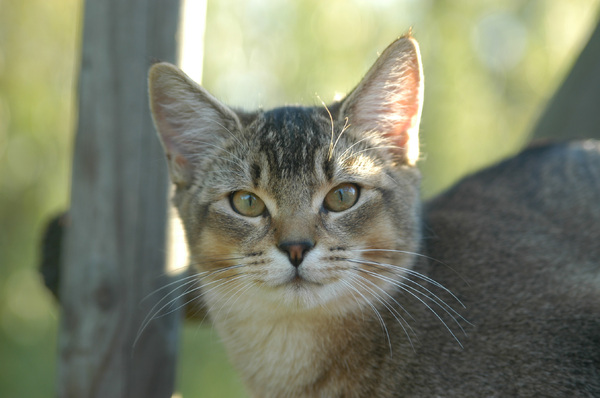The Psychology of Cat Litter Choice
The Psychology of Cat Litter Choice
Blog Article

Cat litter and litter boxes play a critical function in the lives of both cats and their owners. From the simple beginnings of sand and soil to the ingenious improvements of today, the world of cat litter has developed considerably. In this detailed guide, we explore every element of cat litter and litter boxes, exploring their history, types, advantages, challenges, and everything in between.
The history of cat litter dates back centuries, with ancient civilizations using sand, soil, and even ashes as primitive litter products. However, it wasn't until the mid-20th century that modern cat litter as we understand it emerged. In 1947, Edward copyright introduced the world's first commercial cat litter made from absorbent clay, transforming the way cats relieved themselves indoors. Because then, cat litter has undergone numerous transformations, with the introduction of clumping litter, silica gel litter, biodegradable alternatives, and more.
Today, feline owners are ruined for option when it concerns choosing the best litter for their feline companions. Traditional clay litter stays popular for its price and efficiency in taking in odors. Clumping litter, which forms solid clumps when wet, streamlines cleansing and maintenance. Silica gel litter, composed of highly absorbent silica crystals, uses remarkable smell control and longevity. Biodegradable options, such as recycled paper, wood pellets, corn, and wheat, interest ecologically conscious consumers.
Each kind of cat litter uses distinct advantages. Clay litter masters its capability to take in moisture and control smells, making it a reliable choice for many feline owners. Clumping litter streamlines everyday scooping and extends the time between total litter changes. Silica gel litter provides extraordinary smell control and can last longer between replacements. Eco-friendly litters provide a sustainable alternative that decreases ecological impact.
While cat litter boosts indoor feline hygiene, it is not without its challenges. Dust cat litter pellets from clay litter can posture respiratory risks for both felines and humans, triggering the popularity of dust-free alternatives. Some felines may establish litter box aversion due to concerns with texture, fragrance, or cleanliness, requiring experimentation with different litters and box setups. Multi-cat homes might require tactical litter box placement and regular maintenance to avoid territorial disputes and guarantee all cats have access to tidy facilities.
Selecting the proper litter box is important for promoting favorable litter box EcoFriendly Litter Boxes routines and general feline wellness. Factors to think about include size, availability, and design choices. Covered litter boxes provide privacy and aid include smells, but some felines might find them restricting or intimidating. Open-top litter boxes provide easy access and presence but might lead to more litter scatter. Automatic self-cleaning litter boxes improve upkeep but require routine monitoring and upkeep.
Correct litter box maintenance is important for making sure a clean and welcoming environment for both felines and their owners. Daily scooping removes waste immediately, minimizing odor and preventing litter box aversion. Regular litter replacement, usually every 1-2 weeks, avoids bacterial buildup and preserves optimum absorbency. Thorough cleaning with moderate detergent and water, avoiding severe chemicals that might hinder cats from using package, need to be performed monthly.
Cat litter EcoFriendly Litter Boxes and litter boxes play a main function in fostering a healthy and harmonious relationship between felines and their human companions. With a diverse range of litter alternatives and litter box designs offered, cat owners have the versatility to customize their options to suit their cats' preferences and home needs. By comprehending the advancement, types, advantages, and obstacles of cat litter and litter boxes, pet owners can provide their feline buddies with a comfortable and hygienic indoor environment.